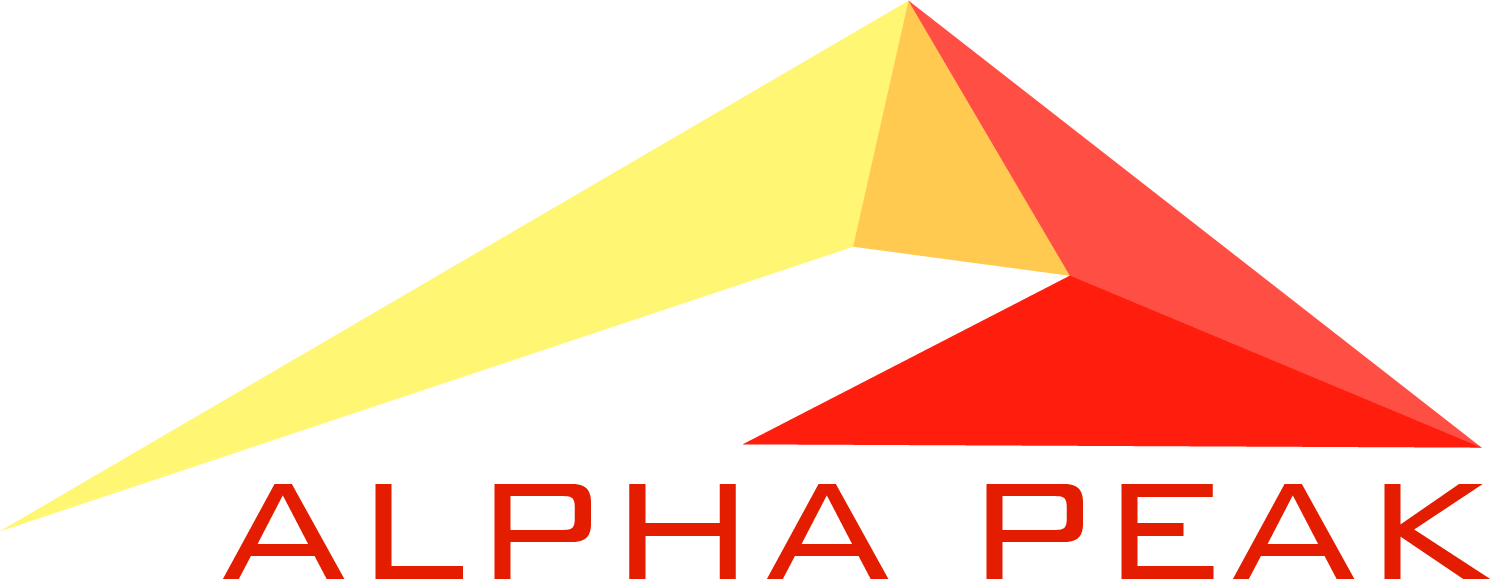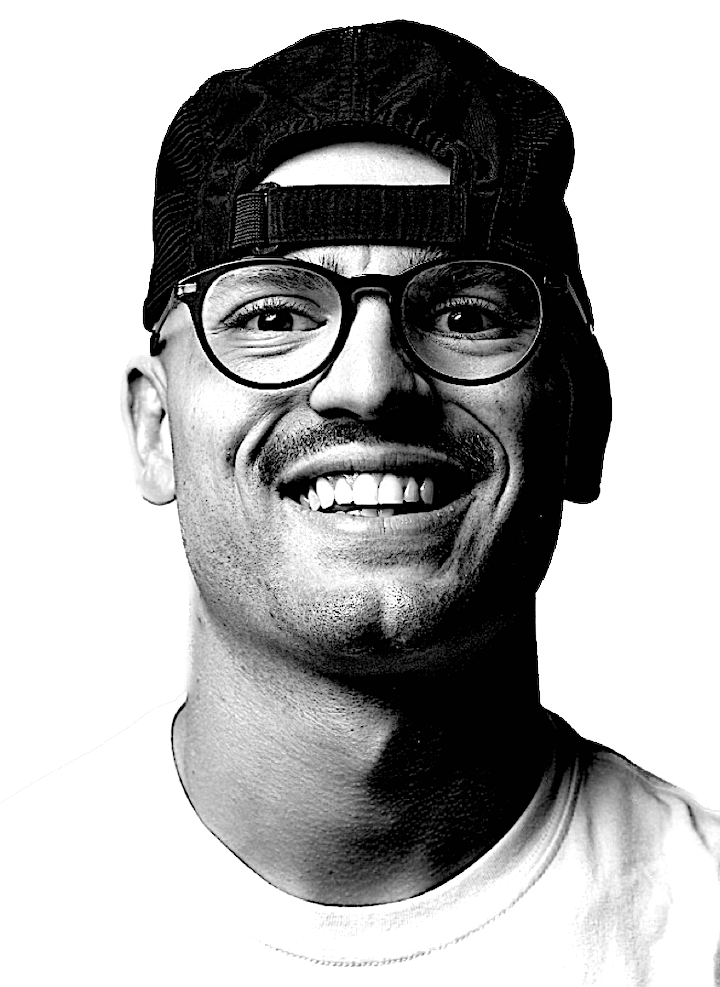Athletics & Data-Driven Engineering
The BYU Chemical Engineering Data-Driven Engineering Initiative aims to revolutionize undergraduate education by integrating advanced data science, machine learning, and artificial intelligence techniques. This unique collaboration between the Department of Chemical Engineering and BYU Athletics leverages real-world data projects, particularly in athletic performance analytics, to provide students with practical experience and invaluable skills.

Mission Statement
Our mission is to cultivate an innovative research environment that equips undergraduate students with skills in data science, machine learning, data visualization, and interdisciplinary collaboration. By working on impactful projects like athletic performance analytics for the BYU Track and Field team, we empower students to bridge the gap between engineering principles and real-world applications, making them effective problem-solvers and valuable contributors to industry and academia.
Project Objectives and Methods

1. Train a Custom Pose Estimation Machine Learning Model
- Objective: Develop and train a machine learning model that can accurately track and analyze the biomechanics of athletes in motion, focusing on running and throwing events such as shotput, discus, javelin, and sprints.
- Methods:
- Data Collection: Collect high-resolution video footage of athletes during practices and competitions, utilizing multiple camera angles and sensors for precise motion tracking.
- Model Training: Fine-tune pre-trained pose estimation models using transfer learning to adapt them specifically to athletic performance metrics.
- Validation and Testing: Compare our model's results against traditional motion capture systems to validate accuracy and reliability.
2. Validate and Implement Biomechanic Measurement Techniques Using Computer Vision
- Objective: Develop new methods to measure biomechanics using computer vision and deep learning, covering events like sprinting, hurdling, and endurance running.
- Methods:
- Computer Vision Techniques: Use algorithms to detect and track joint angles, body posture, and other biomechanical features.
- Deep Learning Models: Implement convolutional neural networks (CNNs) for image analysis and recurrent neural networks (RNNs) for sequential data interpretation.
- Cross-Event Analysis: Conduct comparative studies across different events to ensure methods are versatile and reliable.
- Field Testing: Deploy solutions at athletic events and collect feedback from athletes and coaches to refine techniques.
3. Develop and Enhance Visualization Tools
- Objective: Create user-friendly visualization tools to transform complex biomechanical data into actionable insights for athletes, coaches, and research collaborators.
- Methods:
- Data Visualization Platforms: Use Power BI, Python Matplotlib, and Spotfire to create interactive dashboards.
- User-Centric Design: Tailor visual outputs based on the needs of athletes and coaches.
- Impactful Communication: Highlight key metrics, such as stride length and ground contact time, to facilitate data-driven coaching decisions.
4. Leverage AI and Language Models for Biomechanic and Coaching Insights
- Objective: Build an AI-driven expert system to assist coaches by generating insights based on biomechanical and athletic performance data.
- Methods:
- Embedding Techniques: Integrate language models with embedding methods to contextualize data.
- Retrieval-Augmented Generation (RAG): Develop a framework that uses RAG to generate coaching suggestions.
- Knowledge Integration: Use literature and research as a knowledge base for evidence-backed strategies.
- Iterative Development: Refine the AI tool using user feedback and new research findings.
Job Opportunities
- Position: Part-Time Undergraduate Research Assistant – Chemical Engineering/Data Science/Exercise Science
- Hours/Week: Up to 20
- Pay: Based on Academic Year (Fr, So, Ju, Sn)
- Work Environment: Primarily lab-based for collaboration and hands-on learning.
Key Responsibilities: Work on developing ML models, conduct data collection and visualization, and collaborate on biomechanics and AI-driven coaching tools. Engage in team meetings and support project outreach.
Qualifications: Current BYU undergraduates in Chemical Engineering, Exercise Science, Data Science, or related fields. Eager learners with a passion for data science, engineering, or athletics are encouraged to apply.
Empowering Athletes with Data Analytics
The Roadrunner High School Outreach Program is dedicated to inspiring the next generation of athletes and students by showcasing the power of data science and engineering in enhancing athletic performance and decision-making. We aim to educate high school students on how data analysis and technology shape modern sports, empowering them with the knowledge and tools to explore what is possible with data-driven strategies. To learn more or get involved, visit the Roadrunner High School Outreach Program page.
Future Progress
Stay updated as we continue to make strides in data-driven education and research, presenting findings at conferences and developing innovative solutions for athletic performance analysis and engineering challenges.

Team Lead: McGyver Clark
McGyver Clark is a Data Scientist and Software Developer specializing in machine learning, deep learning, and data-driven athletic performance analysis. He leads the Roadrunner Outreach Program, to apply innovative AI models to enhance athletic performance using biomechanics. His work includes a web application for athletes and coaches to optimize training strategies. Clark's background includes a B.S. in Economics from Brigham Young University, with experience in econometrics, machine learning, and strategic analytics. As Assistant Head Coach for Sprints and Hurdles at Timpview High School, he led the team to multiple state championships, showcasing his ability to translate data insights into athletic success.

Prof. Iain Hunter
Iain Hunter started as Brigham Young University professor in 2001 after completing a PhD at Oregon State University in Health and Human Performance. His research focus is on running mechanics and footwear related to performance. USA Track and Field has used his biomechanics abilities for many years with elite track and field athletes through filming, measuring, and presenting individually and to groups primarily in the steeplechase. His interest in his research comes from his days running for BYU as an 800m runner. He gradually shifted his interests to the marathon becoming the oldest person to ever win the St George Marathon and has a best time of 2:20:53.

Prof. John Hedengren
John Hedengren became a professor at Brigham Young University in 2011, following work at ExxonMobil and a Ph.D. at the University of Texas at Austin in Chemical Engineering. His research focuses on process control, optimization, and machine learning applications in energy systems and advanced manufacturing. Hedengren's teaching and professional interests stem from a passion for bridging academic research and industry practices. A former NCAA All-American in Cross-Country, he was inducted into the BYU Athletic Hall of Fame. His athletic background influences his work, inspiring students to approach challenges with discipline and precision, whether in engineering or sports.
For more information or to get involved, contact John Hedengren.

